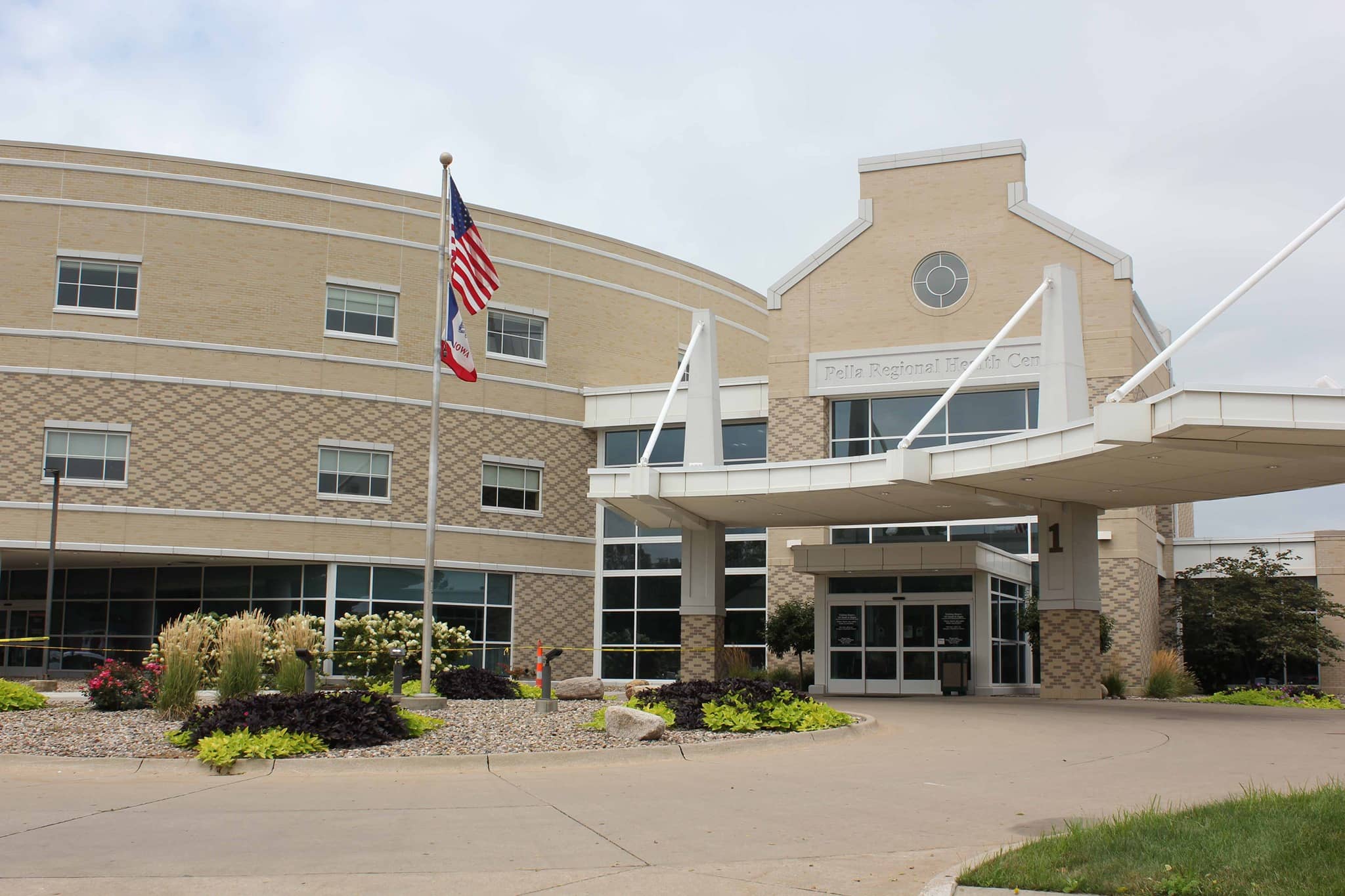
In observance of National Cancer Prevention Month, Pella Regional Health Center is reminding the public about the importance of talking to their healthcare provider about lung cancer. According to the American Cancer Society, lung cancer is the leading cause of cancer death in the United States, accounting for about 1 in 5 of all related fatalities. Each year, more people die of lung cancer than of colon, breast, and prostate cancers combined.
The best way to prevent lung cancer is to not smoke and the best way to detect cancer is with lung cancer screening. Screening for lung cancer involves a computed tomography (CT) scan which can identify small nodules or other abnormalities in the lungs. Studies have shown that screening individuals at high risk, who have CT lung screen scans before symptoms appear, can find lung cancer early when it is easier to treat and more likely to be cured.
Individuals at the highest risk for lung cancer who should be screened include:
· Those who are over 50, who currently smoke or who quit within last 15 years.
· Those who have a smoking history of 20 years or more (an average of one pack a day for 20 years, two packs a day for 10 years, etc.).
“This is a preventive screening measure, similar to a mammogram or a colonoscopy,” said Alison Smith, DO, Radiologist at Pella Regional Health Center. “If you are a current or former smoker, your risk of developing lung cancer may be up to 25 times higher than someone who never smoked. A CT scan is the only proven effective way to screen for lung cancer. Early detection is the key to surviving lung cancer, and research shows that current and former heavy smokers who have been screened with low-dose CT scans have reduced their risk of dying from lung cancer by 20 percent.”
“For patients who qualify, there will be an exam each year. In order for it to work, you have to come every year for as long as your doctor recommends, so that any cancer that may be small and slow growing will be found as early as possible. If an abnormality is found, Pella Regional has a system in place to help the patient navigate next steps in treatment,” added Smith.
While patients are exposed to low levels of radiation during the test, the level is so small according to Pella Regional, that it is about the same amount of radiation from six months in the natural environment.
“What elevates our program beyond others are the state-of-the-art CT equipment, our tracking system to patients are navigated and staff that provide the services that are offered here,” said Kathy Curiel, director of Medical Imaging at Pella Regional. “This allows for a patient-centered approach to deliver the highest quality care through a coordinated plan.”
If an abnormality is found, patients will have follow up appointments with Gerard Matysik, DO, board-certified pulmonologist at Pella Regional to determine next steps in treatment.
For more information, go to www.pellahealth.org/lungcancerscreening, or contact Pella Regional’s Lung Cancer Screening Coordinator via email at Lung Cancer Screening Navigator LCSN@pellahealth.org. The Lung Cancer Screening Navigator coordinates the care of the patient by:
· Expediting the initial shared decision making appointment to determine possible eligibility with Dr. Gerard Matysik, board-certified pulmonologist or the patient’s Pella Regional provider.
· Coordinate the screening appointment with medical imaging.
· Coordinate any follow up appointments needed in case of an abnormal result.
Pella Regional Health Center is designated as a Lung Cancer Screening Center by the American College of Radiology. In order to receive the distinction of a Lung Cancer Screening Center, facilities must be accredited by the American College of Radiology in computed tomography in the chest module, as well as undergo a rigorous assessment of its lung cancer screening protocol and infrastructure.

